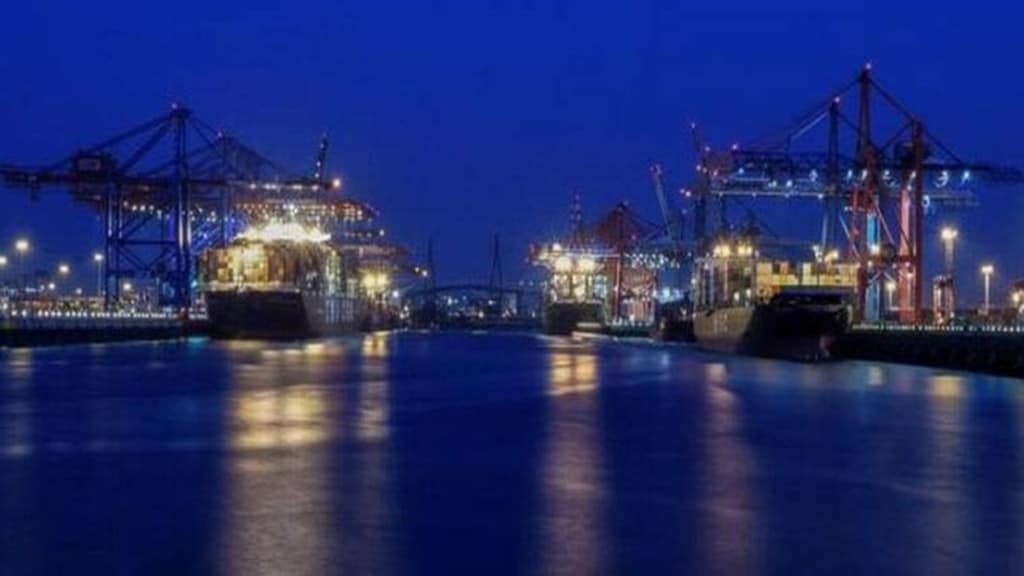By RV Anuradha
Three key interconnected developments have put the spotlight on the blue economy—a term that the World Bank defines as the sustainable use of ocean resources for economic growth, improved livelihoods, and jobs while preserving the health of the ocean ecosystem. The first is the World Trade Organization’s Agreement on Fisheries Subsidies (WTO’s AOF) of June 2022, which prohibits subsidies for illegal, unreported and unregulated (IUU) fishing. The second is the United Nations Convention on the Law of the Sea on the conservation and sustainable use of marine biological diversity of areas beyond national jurisdiction (also called the High Seas Treaty), which concluded on March 3, 2023. The third is the Kunming-Montreal Global Biodiversity Framework (GBF) of December 2022.
Each of these in and of themselves are heartening endorsements of multilateralism in an era of increasing geopolitical tensions and fragmentation. But they need to be critically analysed to understand their interconnectedness and implications for domestic law and policy. This is because besides the common goal of protecting and preserving marine resources, each instrument regulates the ability of countries to exploit marine resources—a highly valuable, exhaustible natural resource, which has significant potential not only for the food, but also for nutraceutical, pharmaceutical, and cosmetic industries.
Also read: Water as a global public good
The scope of each instrument overlaps: the WTO AOF governs subsidies for catching, taking, harvesting of “all species of marine resources”. While its current thrust is on IUU, WTO members are also negotiating expanded disciplines, including for fisheries in the high seas. The High Seas Treaty is about conservation as well as sustainable use of marine biodiversity and use of marine genetic resources (MGR), i.e., units of heredity of marine resources, and digital sequence information (DSI), i.e., data derived from the dematerialised form of genetic resources. The GBF sets the goal for countries to take enabling actions to ensure effective restoration and enhancing biodiversity by 2030 of at least 30% of terrestrial and inland water areas, as well as marine and coastal areas (also called the 30×30 global protection target).
Because both the High Seas Treaty and GBF are seen as species of “environmental agreements”, there is greater acknowledgement of their relationship; for instance, the High Seas Treaty is seen as a step towards achieving the GBF’s 30×30 target. The inter-relationship between WTO’s AOF and the High Seas Treaty may be less apparent on the face of it, but this needs to be considered, since both deal with sustainable use of marine resources.
The High Seas Treaty is premised on the principle that areas beyond national jurisdiction, i.e., the high seas, are the common heritage of humankind. It mandates environmental impact assessment for activities in such areas, and that any monetary benefits from the utilisation of MGR and DSI of such areas, shall be shared fairly and equitably between countries.
The WTO’s AOF, on the other hand, is focused on exclusive rights. For instance, it notes that a country may provide subsidies for overfished stock in the high seas, provided these are implemented to rebuild the stock to a biologically sustainable level. If such activities are regulated through environmental assessments of a regional fisheries management organisation (RFMO), these would be exempted from the environmental assessment requirements of the High Seas Treaty. Activities outside of a RFMO’s jurisdiction, or those pertaining to commercial use of MGR and DSI, would require necessary interfacing with the mandate of the High Seas treaty.
Beyond these nitty-gritties, the High Seas Treaty mandates countries to work out the modalities for capacity building and transfer of marine technology. It mandates transfer of technology on concessional and preferential terms. The problem with most multilateral environmental agreements, so far, has been their inadequate realisation of goals such as technology transfer, capacity building, and financial assistance. In the context of climate change, for example, deficits in finance and technology transfer remain critical bottlenecks, as noted by the recent IPCC Assessment Report.
The WTO’s AOF has been hailed as the first trade agreement focusing on “environmental sustainability”; but its obligations on conservation and sustainability are uniformly applicable and not predicated on developed countries providing finances and marine technology to developing countries to facilitate realisation of those objectives.
Also read: Towards a TB-free India
India, as of now, has a limited role in high seas fisheries. The Distant Water Fishing (DWF) Subsidy Atlas (developed by Pew Research Centre) notes that the most subsidies for DWF are currently provided by China, the EU, Japan, South Korea, and Chinese Taipei. But India has a shared interest in ensuring conservation, preserving biodiversity, and availing of the benefits from the marine resources in the high seas, including as a source of food as well as for scientific research.
As the trio of international instruments start getting implemented, and additional disciplines under the WTO’s AOF are concluded, it will be crucial to ensure fair play and careful balancing of rights and obligations, to ensure that one does not undermine the other. The rules that are framed now will define the extent to which India plays a role in access to and use of marine resources in the high seas.
The writer is partner at Clarus Law Associates, New Delhi


